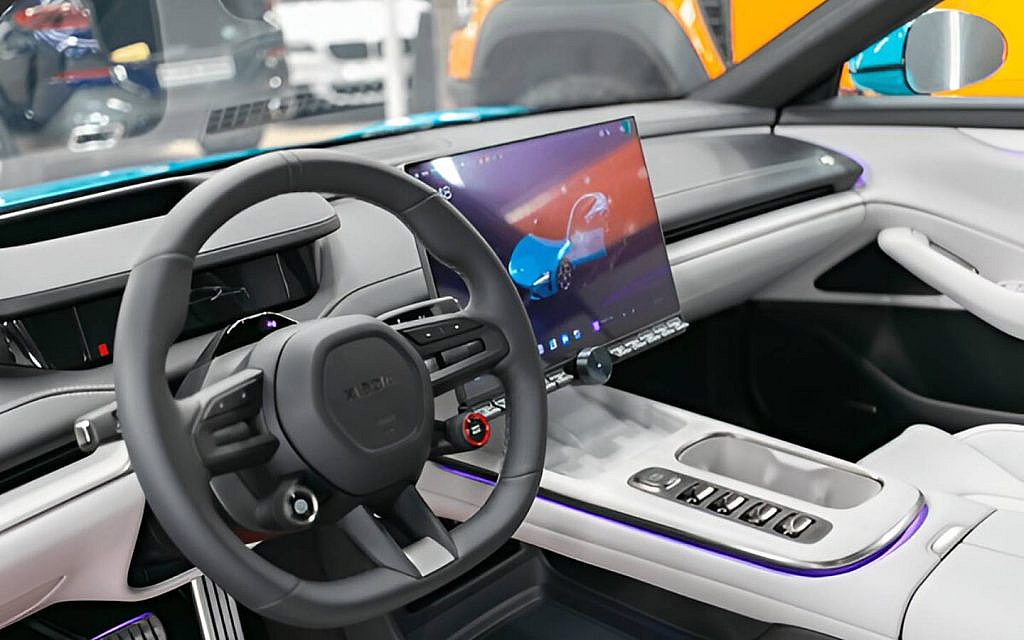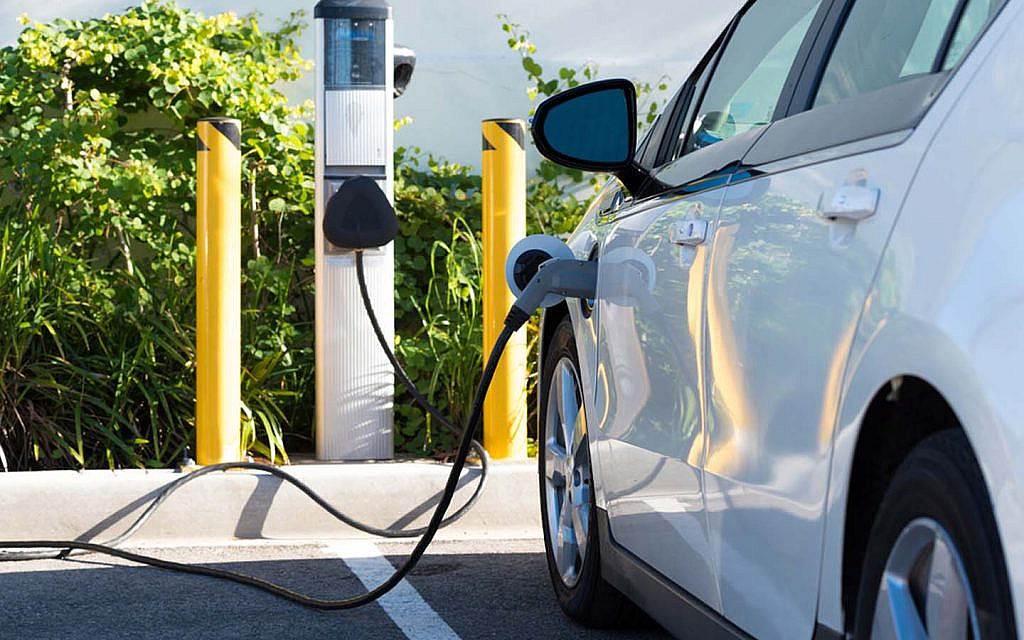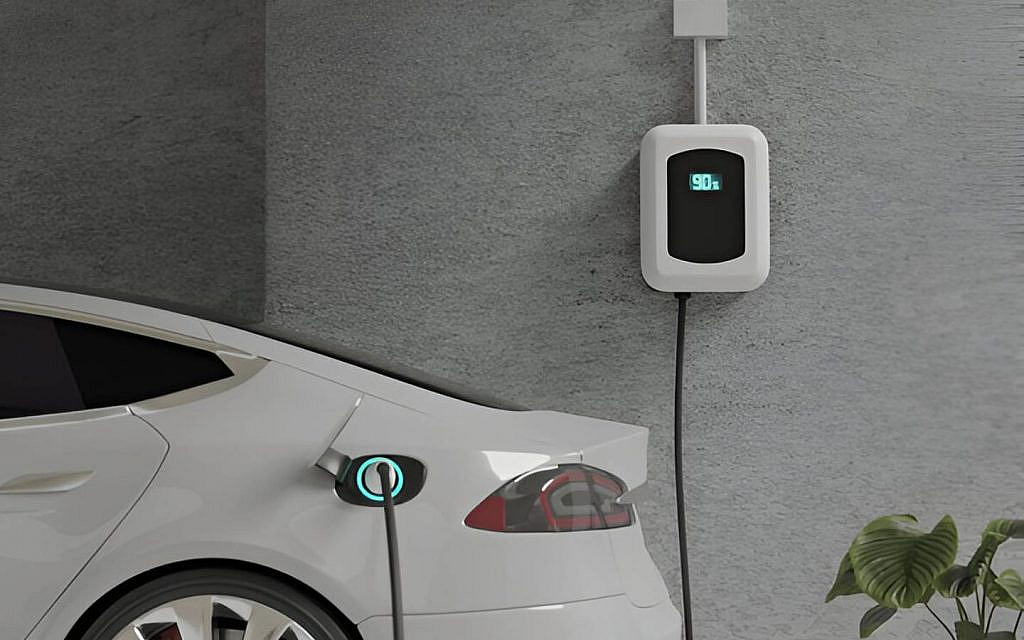What Happens When an EV Is Parked for Months?
- EV Battery Standby Loss
- Reasons for Lost Charge
- EV Sitting Idle Without Charging
- Keeping EV Plugged in or Not?
- Tips to Minimise Charge Loss
- FAQs
Electric vehicles (EVs) are increasingly replacing petrol cars, offering comparable performance with added tech benefits. From design to performance and incorporation of technology, the electric variants are fully capable of competing with petrol cars, even taking a fair edge in some cases. These vehicles operating on electric power also differ in terms of functionality. Battery charge remains the primary concern and there have been queries about how often the vehicle loses power. A common query is about the EV battery self-discharge when parked. EV battery standby loss happens due to several reasons and there are ways to decrease the power loss.
EV Battery Standby Loss
At the core of every EV is its high-voltage lithium-ion battery, an EV battery type that is powerful yet delicate. When an electric car is parked for months, its battery continues to undergo slow chemical reactions that can reduce capacity, a process known as calendar ageing.
Even if the car isn’t driven, time, temperature and the state of charge (SOC) influence how quickly this ageing occurs. Experts recommend keeping the battery charged between 50% and 80%, ideally around 50% to 60%, for long-term parking. Storing an EV fully charged (near 100%) stresses the cells. Conversely, leaving it with too low a charge can risk deep discharge, which may permanently damage the battery.
This means that the impact of leaving an EV unused for months largely depends on how you manage its battery before and during storage.
Idle Electric Vehicle Battery Loss Reasons

Electric car standby power loss can occur for several reasons.
Battery Self-Discharge
Lithium-ion batteries, which power most EVs, naturally lose a small amount of charge over time due to chemical reactions inside the battery, even when the car is off.
Onboard Systems
Systems like security monitoring, remote updates and temperature regulation continue to consume power.
Temperature Effects
The effects of hot or cold weather on EVs also include an impact on battery charge. Extreme hot or cold weather can accelerate battery drain as the car may use energy to heat or cool the battery to protect it.
It is important to take necessary precautions when an EV battery runs out of charge to prevent long-term damage.
Temperature and Battery Management
Taking care of an EV in hot weather is crucial as extreme temperatures accelerate degradation. High heat speeds up chemical reactions, while cold conditions increase resistance and reduce performance. Ideally, your EV should be stored in an environment between 10°C and 25°C.
Most modern EVs have a Battery Management System (BMS) that keeps the pack within this safe range by running thermal management systems even when the car is parked. However, this function uses small amounts of power, gradually draining the battery, a phenomenon often called vampire drain.
How Long Can an Electric Car Sit Without Charging?
Most electric vehicles can sit idle for weeks or even months without significant battery depletion. For long-term parking, it is recommended to keep the battery charge between 50% and 80% to avoid battery cell damage. Moreover, activating features like ‘deep sleep’ or ‘power save’ mode can help minimise power consumption during extended periods of inactivity.
The Plug-In Paradox

Should you keep the EV plugged in or unplugged while stored? The answer depends on the duration and the conditions. If you plan to park your EV for just a month or two in a moderate climate, you can safely leave it unplugged. That said, for longer periods or in very hot or cold weather, plugging in the car is better. When connected to the grid, the vehicle uses external power to manage its temperature and preserve battery health without discharging itself.
Set a charging limit (usually around 60%) so the system can maintain the right level without overcharging. Following these temporary EV storage guidelines ensures the high-voltage battery remains in optimal condition.
Risks With the Smaller 12-Volt Battery
Every EV has a smaller 12-volt battery that powers electronic systems like door locks, lights and infotainment screens. This battery is critical because it is somewhat connected to the main battery.
When the 12V battery dies, the vehicle cannot start or even charge, no matter how full the main battery is. Unfortunately, the 12V system is more vulnerable when the car is idle. Even while parked, small systems like security, monitoring and connectivity draw power from it.
In long-term parking, especially when the car is unplugged, the effect of leaving an EV parked for months can include a drained 12V battery. To prevent this, owners can connect a battery maintainer or trickle charger. Some models even recommend disconnecting the negative terminal for long storage, a crucial tip from best practices for EV long-term parking.
Tips to Minimise EV Battery Standby Loss

The different types of EV batteries vary in terms of durability and the capacity of holding a charge. The following techniques can help minimise electric vehicle battery drain when parked:
- Use power save or deep sleep modes: These modes reduce the energy used by onboard systems.
- Avoid direct sunlight: Park in shaded or covered areas to protect the battery from heat-related degradation.
- Maintain moderate charge levels: Avoid leaving the battery fully charged or completely depleted for long periods.
- Regularly move the vehicle: If possible, move the car occasionally to prevent issues like flat spots on tyres and brake seizing.
Caring for Tyres, Brakes and the Exterior
Battery systems aren’t the only parts affected when an EV is parked without charging for months. Tyres can develop flat spots from bearing the car’s weight in one position. To avoid this, inflate them to the manufacturer’s recommended pressure, not the maximum listed on the tyre. For storage exceeding six months, lifting the car on jack stands helps prevent deformation.
It’s also best not to engage the parking brake for long durations, as the brake pads can stick to the rotors, especially in humid conditions. Instead, use wheel chocks to keep the car stationary.
When parking the car for a long time, clean it thoroughly before storage. Wash and wax the exterior to protect the paint and remove all food or debris from the interior to avoid pest infestation. If stored outdoors, use a breathable car cover to shield against sun and weather damage.
FAQs
Why Does My Electric Car Battery Lose Charge When It’s Not In Use?
Electric car batteries lose charge when not in use due to parasitic battery drains where onboard systems like security, battery management and connectivity continue to draw power even when the car is off.
What is the best way to store an EV long-term?
Keep the main battery at 50% to 60% charge, maintain the 12V battery and store the car in a cool, dry place.
How to keep an EV battery healthy during storage?
Maintain a mid-level charge and let the BMS manage battery health, if your EV comes with one.
Do All EVs Experience Battery Drain While Parked?
Yes, electric vehicles experience some battery drain while parked due to onboard systems like battery management, security and connectivity features that continue to draw power even when the car is idle.
The impact of long-term EV storage depends on the precautions and strategies used for storing. Every factor should be considered for the vehicle’s optimal upkeep, whether stored for personal use or to be listed among export cars for sale in the UAE.
Owning and maintaining an electric car has become easier with the widespread adoption and advancements of technology. When buying an EV in the UAE, check if it has all the necessary features to help its battery condition and other maintenance aspects.
There is plenty to learn about EV ownership and maintenance. Explore more on the UAE’s favourite car blog.
Comments
Post a Comment